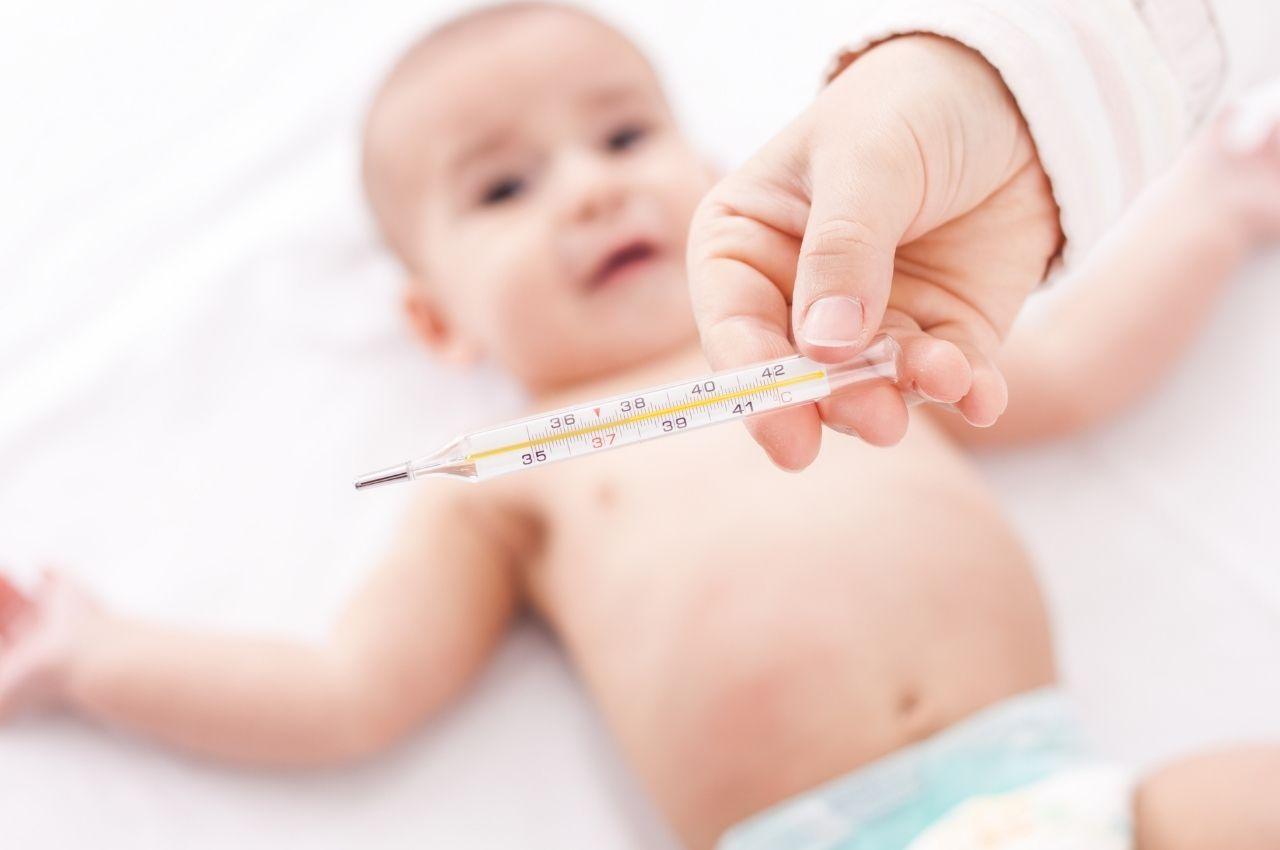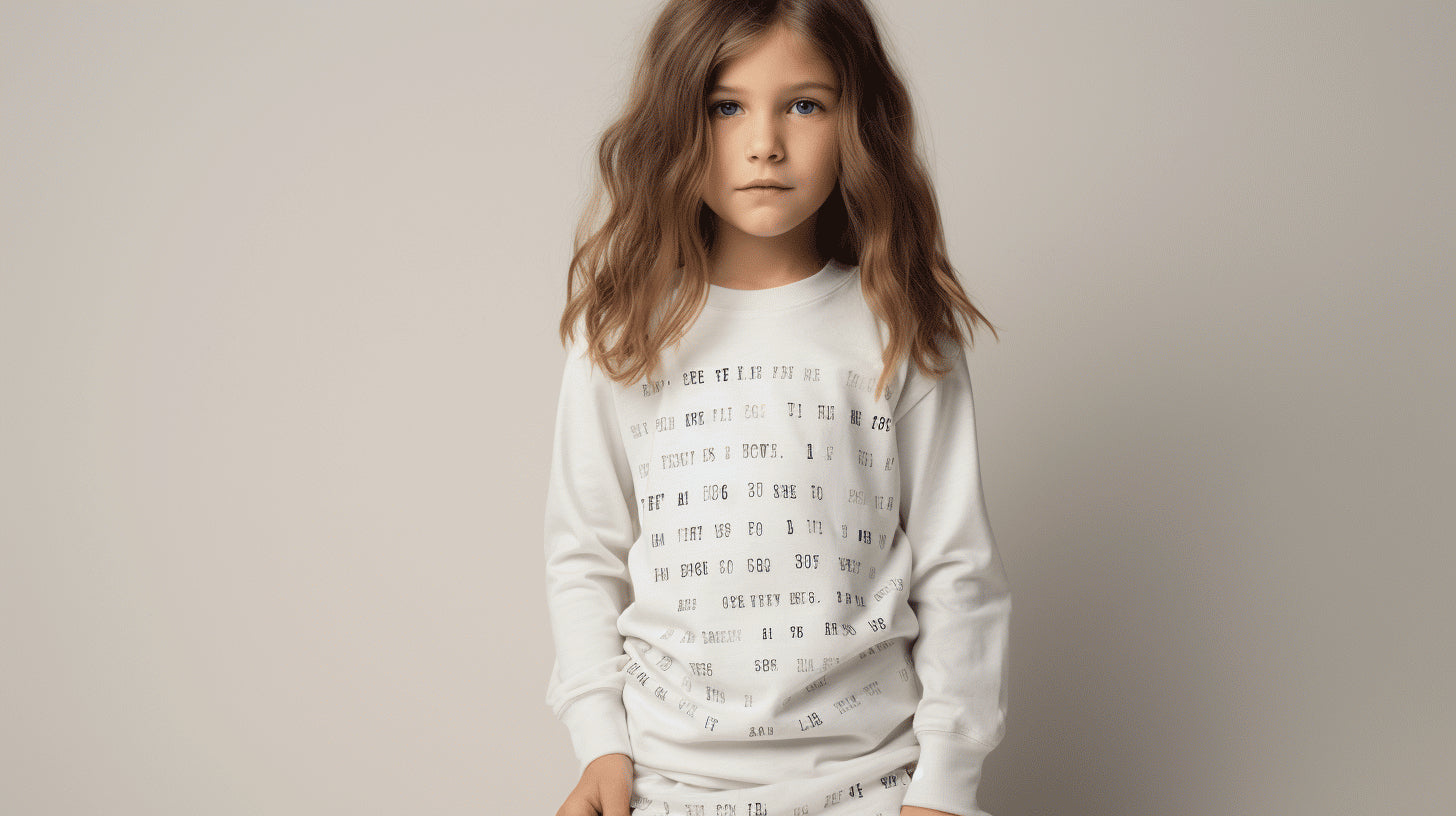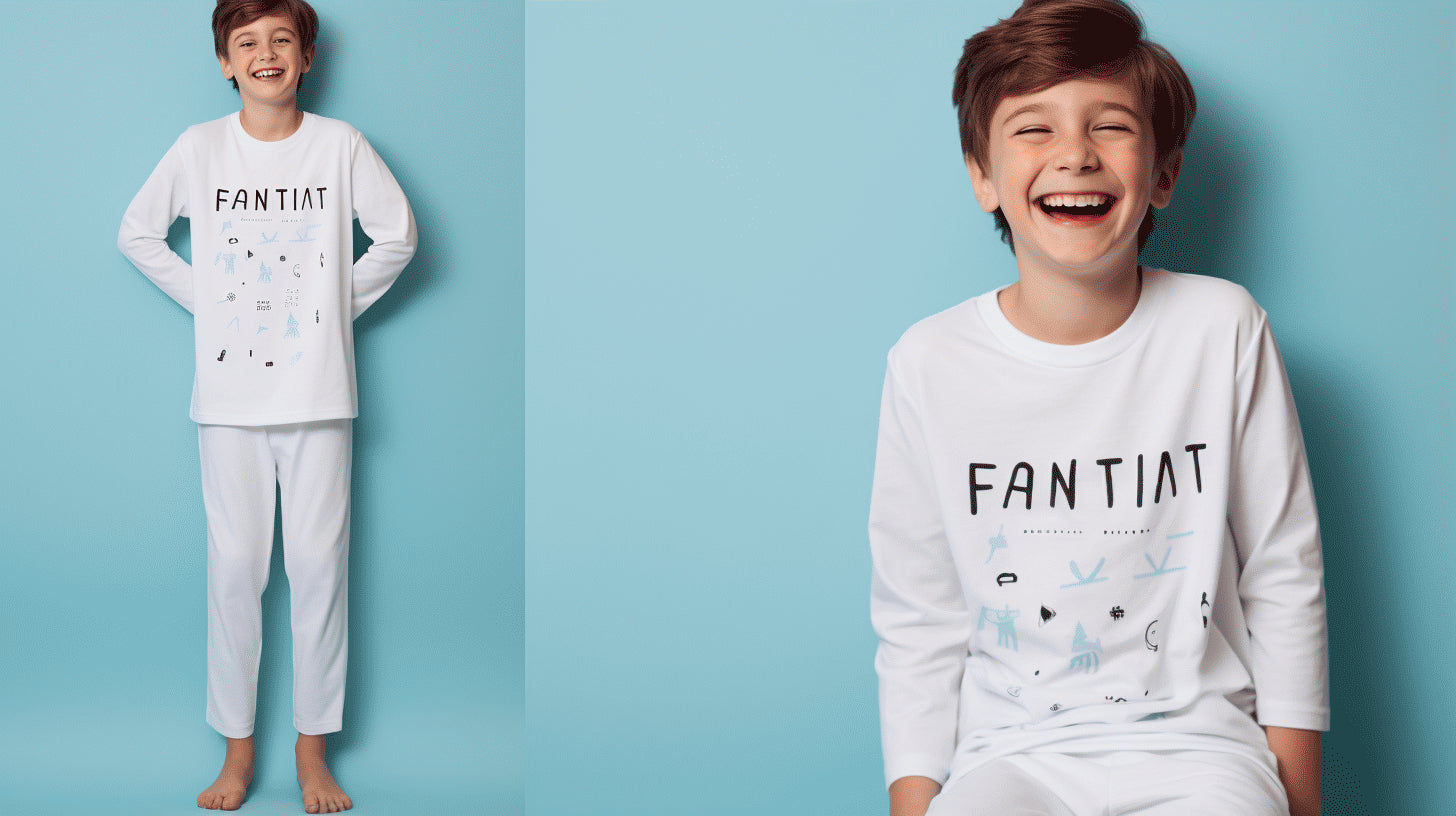As a parent, you probably feel that your baby is sick on a regular basis. This phenomenon can be explained by the vulnerability of babies to germs.
Indeed, their body cannot yet fight viruses and bacteria, hence the appearance of fever.
According to statistics, a baby catches eight to ten colds during the year. Rest assured, these infections are usually mild and don't last very long. Despite this, the fever raises many questions for young parents. When should you worry? What should be done to lower the fever? What are the actions to avoid?
Fever: how to recognize it in a baby
First of all, know that a fever represents a symptom of an illness and not an illness. When your baby is sick , it's a sign that his body is fighting an infection, vaccination, inflammation or teething .
According to specialists, fever participates in the fight against an external infection. Although it is unpleasant, treatment is not necessary in a child. Other studies even show that lowering the temperature prolongs certain illnesses.
However, fever requires cardiopulmonary efforts in infants. This is why it can cause more serious damage in babies with heart, neurological and lung problems.
A fever is usually transient and harmless in a healthy child. The temperature is the indicator that your baby is sick . Indeed, it is considered feverish when its temperature exceeds 38°C.
Why does baby have a fever?
Having a fever is not such a serious condition despite parental concerns. An infant's fever represents a natural reaction against foreign microorganisms. Therefore, the fever is helpful as it helps your baby defend herself .
According to specialists, a fever does not last more than four to five days. In this case, it is the consequence of a disease of viral, infectious or bacterial origin. On the other hand, parents must be more attentive when baby has a fever of unexplained origin. These are rare cases, but a fever of unknown origin can be a symptom of an autoimmune or inflammatory disease.
Teething may explain the fever in the baby as well. However, the fever caused by the breakthrough of the gums lasts between one to two days only. Discover here how to relieve baby's milk teeth
What about vaccines? Vaccination can in fact cause a fever in a baby within 24 to 48 hours of the vaccine. The measles vaccine is the only one that can cause fever in 15% of cases.
How to relieve fever?
When the fever begins to disturb your baby's comfort, it is important to relieve him by improving his comfort. Lowering the temperature at all costs is not a priority .
You should also avoid overheating the room when your baby has a temperature . It is best to lower the temperature to around 20°C. To give him more comfort, you can reduce his layers of clothing without exposing him to the cold.
Finally, hydration is essential when baby has a fever. You should therefore make him drink water regularly .
As a parent, you would like to relieve the fever quickly with medication. You can use this solution in the following cases:
- Your baby is still less than three months old
- Your baby still has a fever after two days
- The temperature exceeds 38.5°C
Paracetamol is the drug indicated to lower fever in babies. The dosage depends on the weight of your baby. Alternatively, you can use ibuprofen if your baby can't tolerate the first if he is over three months old.
Parents often tend to give a low temperature bath to relieve fever. This practice is not recommended because it reduces body temperature too quickly. The cold increases the baby's feeling of discomfort instead of reducing it.
What are common infections in babies?
Many infections strike infants and children causing fever. Among the infections, there is bronchiolitis, which generally affects infants under the age of one year. This infection causes the baby to cough and makes it difficult to breathe.
A common cold is an infection that can also cause fever. The baby may suffer from headaches and runny nose.
Otitis is one of the infections that affect many young children. In addition, this infection is accompanied by colds and earaches.
For its part, the parvovirus is a disease that manifests itself by a reddish rash on the cheeks of the baby. This rash spreads to the rest of his body within a few days. Fortunately, this rash goes away on its own.
Finally, roseola is probably the rash that causes the most fever in babies. In addition, it mainly affects babies under one year old. If your baby has roseola, he may have a high fever for more than three days. When the fever subsides, red spots appear on his face and the rest of his body. As with parvovirus, the disease goes away on its own and is not actually contagious.
When should you worry?
Worry is a natural reaction in parents, although fever can be a mild symptom. However, the reaction is not the same depending on the age of your baby.
If your baby is less than six months old, fever is something to be taken seriously. Indeed, at this age, the baby's immune defense is still vulnerable, especially below three months. Also, if your baby has a temperature at this age, you should take him directly to see a pediatrician.
If your baby is over six months old, you should be alert when he has the following other symptoms in addition to fever:
- The baby has breathing problems
- He vomits more than once
- He shows signs of dehydration
- It has red or blue spots
- He is having seizures
- The baby always sick , etc.
I hope this article has answered some of your questions. Feel free to share your experiences with us in the comments.
"Reader's special" offer
Get -30% on the whole collection >>> Health <<<
Take advantage of this special discount with the code
HEALTH30
Want your baby to sleep through the night?
In this free guide , you'll learn 5 things new parents don't know.










